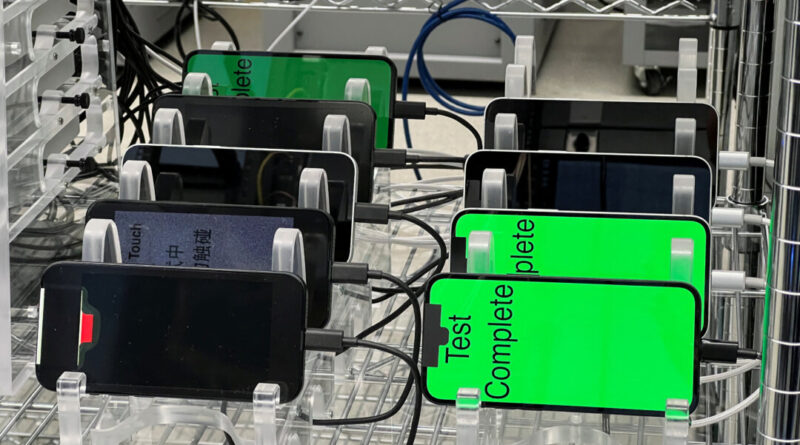Apple Reveals Its Version of Budget AI: The $599 iPhone 16e
Apple launched on Wednesday a budget-minded phone with artificial intelligence, the iPhone 16e, designed to win back mid-market customers at home and in crucial growth markets China and India.
The new phone, which drops the SE naming convention for Apple’s budget series, will take on popular Android smartphones at a time when rivals Samsung and China’s Huawei are adding AI tools to their devices.
Sales of Apple phones dropped last quarter, and sales of its budget line of phones have plummeted as a proportion of iPhone revenue over the last decade.
The 16e will cost $599, a $170 boost from the previous entry level phone, the SE, although its features are closer to Apple’s flagships and include a powerful chip to run Apple Intelligence, a set of features with access to ChatGPT. Aside from having no wide-angle camera lens, one missing button and a slightly different display, the 16e looks much like its pricier siblings.
Apple stock was barely changed in midafternoon trade.
Late last month, Apple forecast strong sales growth, signaling iPhone sales would recover from a dip as it rolls out artificial intelligence features to more regions and languages. Analysts have cautioned that the roll-out is slow and Apple has not yet announced a data partner in China for the AI features.
“We’ve seen a limited appetite among many of the installed base to upgrade from previous versions, but the new phone reduces the cost hurdle of joining the Apple Intelligence bandwagon,” said Forrester principal analyst Dipanjan Chatterjee.
Sales of SE model as a share of total revenue for iPhones has dropped from 10% at its introduction in 2016 to about 1% last year, according to Counterpoint Research.
The 16e will likely help Apple in cost-sensitive markets such as Europe and China where buyers tend to pay for phones upfront, said Ben Bajarin, principal analyst at consulting firm Creative Strategies.
The iPhone 16e will be powered by the A18 chip used in more expensive models launched in September 2024 and will support Apple Intelligence out of the box.
It will be about $200 less expensive than the cheapest version of iPhone 16 launched in September and will be available only in black and white colors, while the more expensive iPhone 16 models come in a slew of bright shades.
The 16e will also be the first device from Apple to feature the C1 chip, its first in-house modem designed for cellular connectivity and a shift from chips made by Qualcomm.
No Wide-Angle Lens
Its camera system will have a 48-megapixel sensor and two lenses, one of which will be a two times zoom lens integrated into the primary camera, but it will miss out on a wide-angle lens seen in more expensive models.
The 16e will have a notch at the top of its screen for the front-facing camera, while more advanced models have a screen that surrounds the camera.
It also leaves out a camera control button that can tweak camera settings and is available on the main iPhone 16 series.
SE models were known for their smaller screen size, but the 16e comes with a 6.1 inch display, the same as the least expensive iPhone 16 model.
This year’s much-anticipated update brings a change to its slab-design, nixing the SE’s physical home button and introducing Apple’s Face ID feature.
The iPhone 16e will be available for pre-order in 59 countries, including the U.S., China and India from February 21, with shipments starting from February 28.
The SE model would be the last among iPhones to adopt the USB Type-C port for charging, leaving behind Apple’s proprietary Lightning connector and letting it return to the European Union market.
Apple had discontinued the third-generation SE model and iPhone 14 in the EU as the products did not conform with local laws requiring USB Type-C charging standard.
By Stephen Nellis and Akash Sriram





